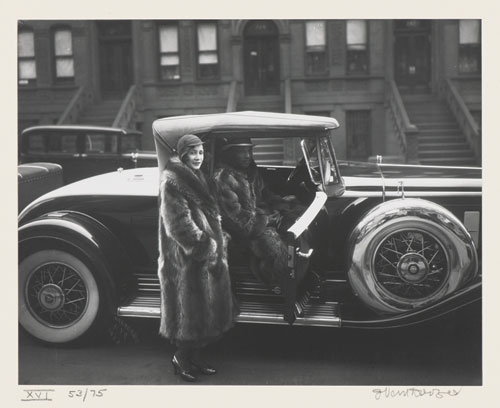The idea to document the Work Progress Administration and the Farm Security Administration during the late 1930s through photography was an idea well ahead of its time, according to Michelle Stempien, curator of education for the Kalamazoo Institute of Arts.
Those efforts produced such timeless photographs as Dorothea Lange’s Migrant Mother. An in-depth look into photography of this time will be explored by Dave Curl, a professional photographer and instructor at the KIA. His presentations are part of the KIA’s free ARTbreak programs.
“Dorothea Lange and her timeless Migrant Mother first come to mind, but during this difficult decade extending into World War II, other photographers also were creating iconic images,” Curl said.
While discussing photography from a certain period, Curl will be coming at it from a photojournalist’s point of view, Stempien said. She said his talks will contain examples of social documentation of a specific time period and demonstrate how forward-thinking some government agencies were.
“They thought at that time that it was important to send people out into the country to document that time in the United States history,” Stempien said. “Now, to have these primary sources documents, to have that forethought, they recognized that in this particular time something important is happening.”
The July 17 presentation will incorporate vintage clips to highlight early photojournalism, the social-documentary work of Lange, Walker Evans, Arthur Rothstein and their U.S. Government colleagues, the “glass-ceiling-breaking” magazine stories by Margaret Bourke-White for Fortune and LIFE, and James Van Der Zee’s upbeat studies of his African-American neighbors in New York City’s Harlem.
Vintage video clips also will be used during Curl’s July 24 presentation to cover the cutting-edge advertising photography of Edward Steichen culminating with the Family of Man exhibition, and some early work by Edward Weston and Ansel Adams.
“I grew up in the ’30s and ’40s, seeing these great photographs published and aspiring to be a photojournalist for LIFE magazine,” said Curl, a Western Michigan University professor emeritus, former adjunct professor of Art at Kalamazoo College, and KIA docent. “I knew most of these photographers. I lived through this history. These are the people who developed the technology and medium.”
The photographers Curl will focus on contributed through photojournalism, documentary or fine art photography and were working on the cusp of World War II.
Curl’s first job, while still in high school, was as summer staff replacement photographer for The Columbus Dispatch. After graduating from Ohio University, he went to work for the Milwaukee Journal, which had sent more photographers to LIFE and National Geographic than any other paper. But during military service, he had enjoyed instructing college ROTC courses, so his career path led him to graduate from Indiana University.
He then embarked on a teaching career with a “night job” as a contract industrial photographer and collaborator with his wife, Ardyce, on many feature articles for magazines and for the Kalamazoo Gazette.
Seeing the work of the photographers he will be highlighting in his presentations inspired Curl to learn the craft early on. He set up his first darkroom while still in elementary school and by the time he was in high school, he was shooting as a professional.
When deciding what to focus on for the ARTbreak presentations, Stempien said consideration is often given to something that will augment current exhibits or artists. She said the goal is to add layers that help people to better understand what they’re seeing.
The KIA has a large photography collection and Stempien said Curl’s presentations about the history of photography relate to that collection and will give people a better understanding when these photos are displayed. She said she hopes those who attend the ARTbreaks will look at the photos from more of a technical standpoint
"One of Dave’s goals is to kind of demystify some of the old processes,” Stempien said. “We are hoping that they will learn something from looking at people who are technologically trained. A lot of what brought people in was the storytelling aspect. Photography is one of those art forms that’s more accessible to people.
“Everyone feels that they can step into it because it's recognizable. It’s a storytelling narrative. People feel that they can jump into the images and make a connection. Now, it’s such a common medium. Everyone has access and feels connected to it.”
ARTbreak: American Photography in the 1930s
Kalamazoo Institute of Arts
July 17 & 24, 12-1 p.m.
kiarts.org





